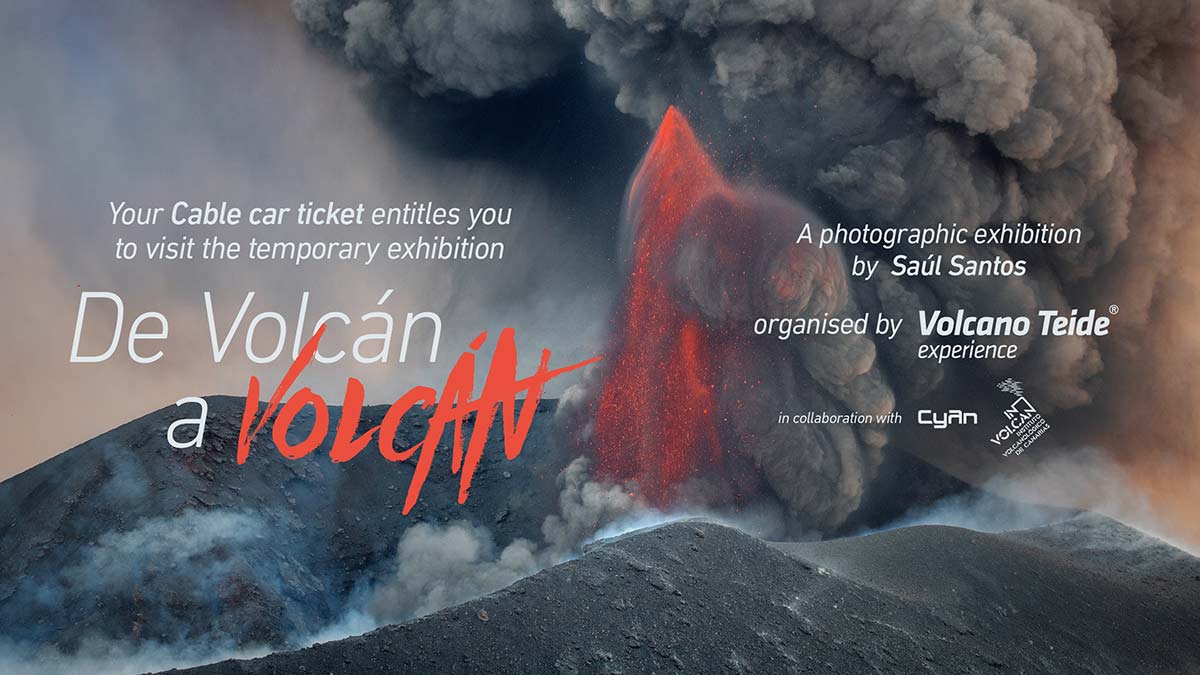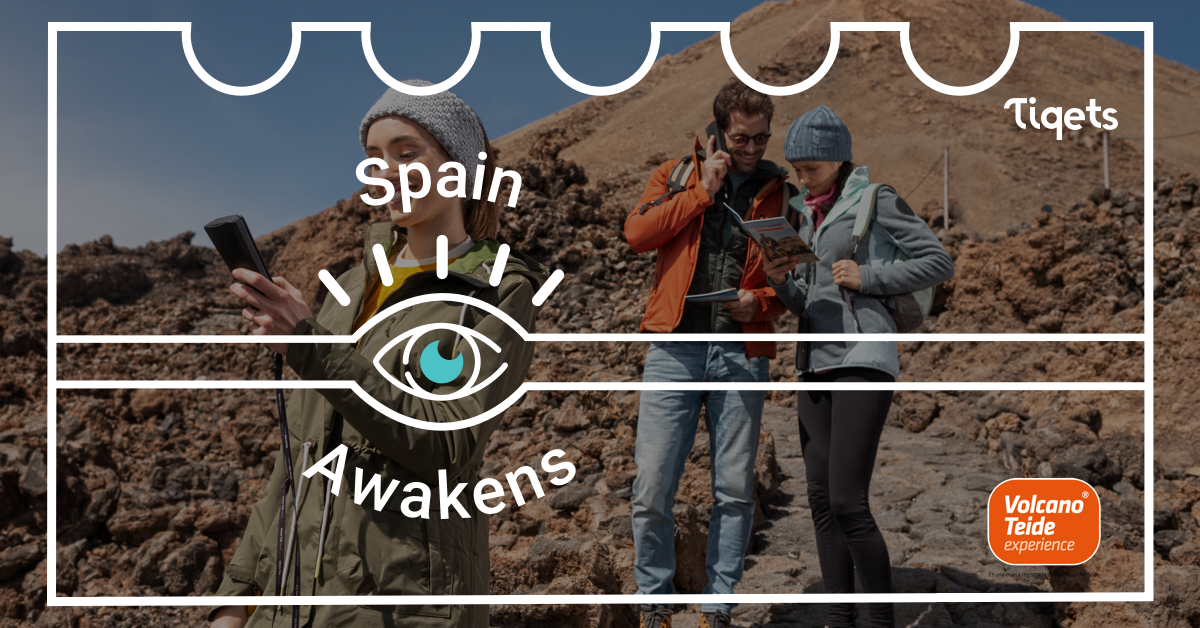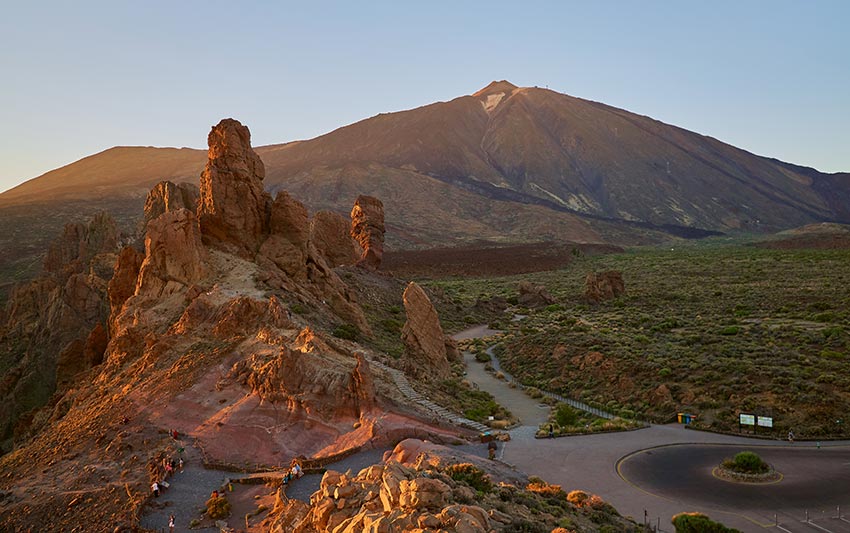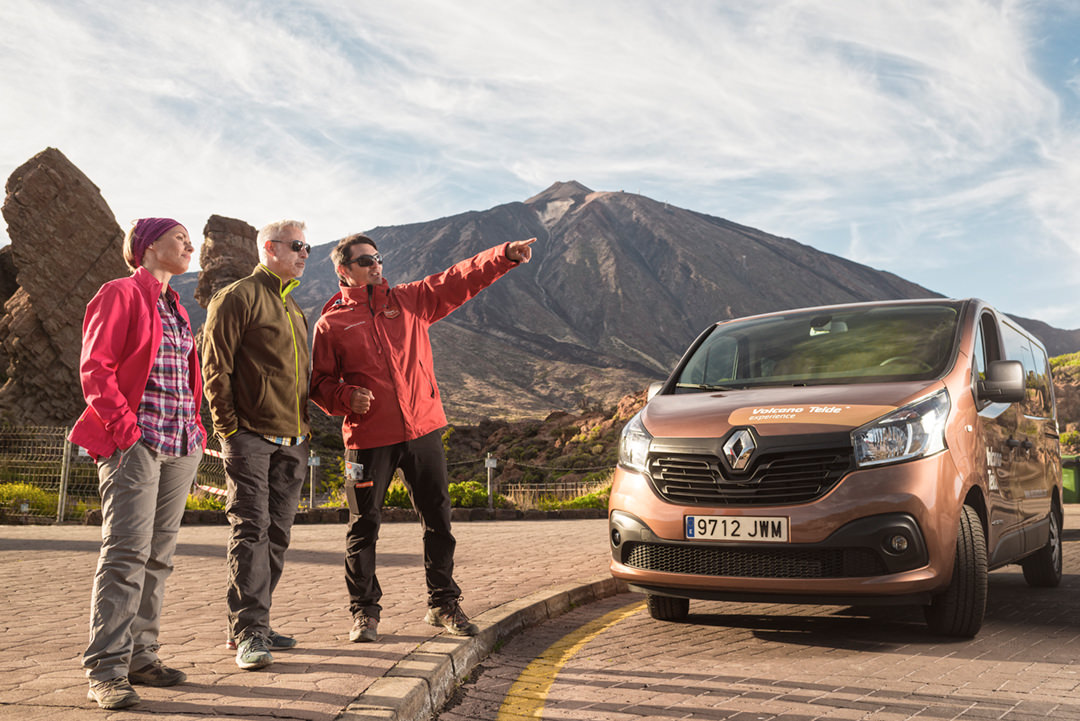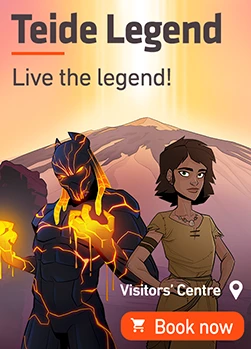We are witnessing another chapter in the history of the Canary Islands.
News of the volcano eruption in the Cumbre Vieja area (on the Canary Island of La Palma) has spread around the world.
Spectacular images of the column of ash and streams of lava flowing down the hillsides towards the sea, and increasing the island’s surface area, have simultaneously caused astonishment, alarm, sadness and wonder.
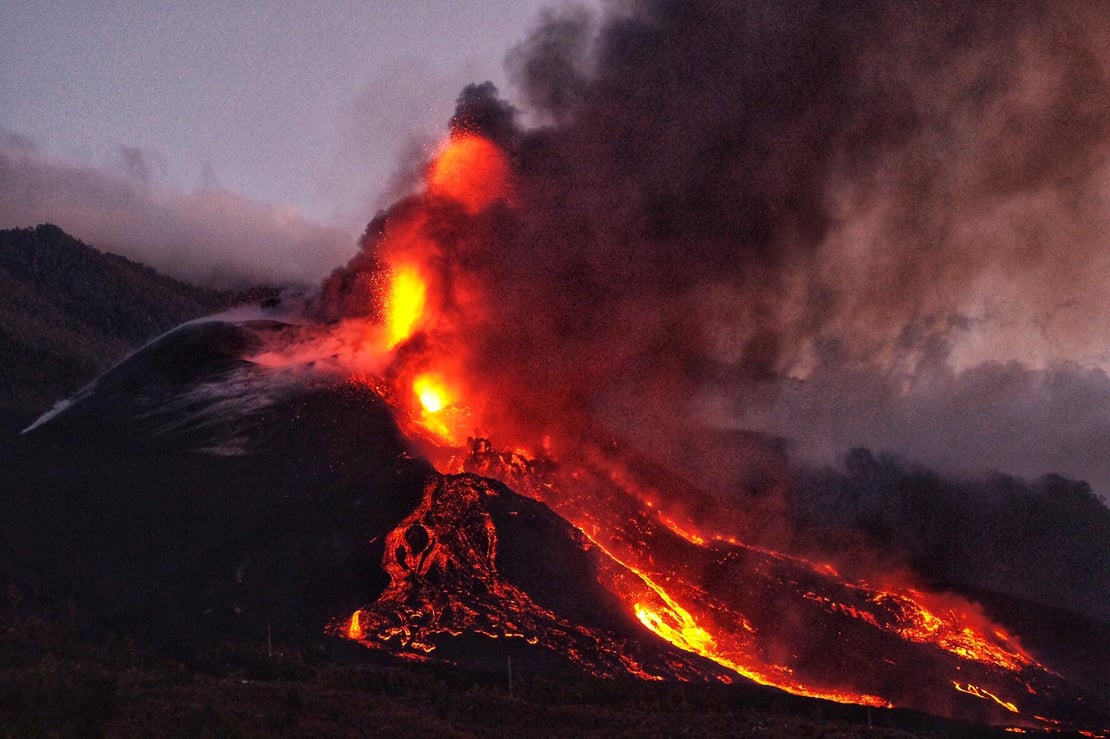
INDEX
- This is just another episode in the geological history of the Canary Islands
- Volcanoes give rise to construction and, simultaneously, destruction
- The explanation for these volcanic eruptions is hidden kilometres underground
- Our planet is a molten ball that is still in the process of cooling down
- Volcanoes warn us of impending eruptions, and forewarned is forearmed
- The Teide National Park is an extraordinary place where visitors can admire a great variety of volcanic formations and materials
This is just another episode in the geological history of the Canary Islands
The Canary Islands are entirely volcanic. They have been built up, through a series of volcanic eruptions, layer upon layer, from the depths of the ocean. The older islands, which are now Fuerteventura and Lanzarote, first put their heads above the water around twenty million years ago, followed by the newer islands, such as La Palma, approximately two million years ago.
It is estimated that the island’s aboriginal inhabitants arrived there a couple of millennia ago, so it is only since then that these volcanic eruptions have impacted on the lives of human beings.
Volcanoes give rise to construction and, simultaneously, destruction
Volcanic activity is the engineer behind the construction of buildings on each of the Canary Islands—it has created such spectacular landscapes as the Teide National Park on Tenerife and the Timanfaya National Park on Lanzarote, which bear visible signs of their volcanic origin, but the islands clothed in forests, the ravines hollowed out by the rains, and the beaches with their black sand are also formed from volcanic material.

Nowadays, volcanic eruptions are rare—they only happen about twice a century.
Nevertheless, as these islands are so densely populated, there is an ever-increasing possibility that the streams of lava will destroy agricultural land, infrastructure or even towns, which will then have to be rebuilt from nothing—as we are now seeing with the Cumbre Vieja volcano on La Palma.
The explanation for these volcanic eruptions is hidden kilometres underground
Beneath the islands lie magma chambers, which are pockets of magma of differing sizes and lying at varying depths, like huge cauldrons in which the mineral ingredients that form the magma are cooked. With the passage of time, the magma ‘soup’ changes, its temperature drops, and minerals are formed. As these solidify, they fall to the bottom of the cauldron.
As a result, the nature of the whole mix changes. That is why, although the whole of the Canary Island landscape is volcanic, particular types of magma have surfaced in different places and at different times, resulting in highly distinctive colours and textures.
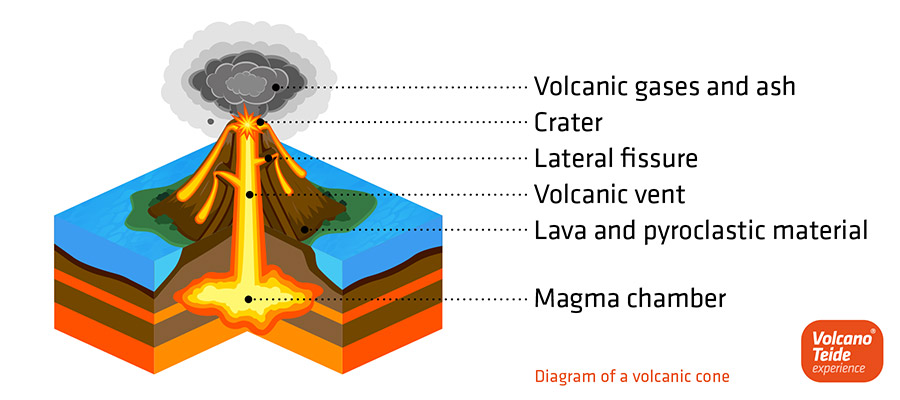
But where does the magma come from?
Beneath the surface of our apparently solid, stable planet lies Earth’s true, fiery nature.
Beneath the surface of our apparently solid, stable planet lies Earth’s true, fiery nature.
We live on a thin, cool crust that represents only 1% of Earth’s total volume. The thickness of this layer varies between 20 and 70 kilometres, depending on the place. It’s as if Earth were a giant orange spinning in space, and under the skin it has a heart of liquid magma.
Occasionally, there is a build-up of pressure and the magma rises to Earth’s crust, forming magma chambers. Then, if the pressure increases a little further, the magma tries to find a way out through the weakest points in the crust. And that is when we see areas of volcanic activity, such as the recent eruption on La Palma.
The Canary Islands are one of the planet’s geologically dynamic regions, although the kinds of events we are currently witnessing with the Cumbre Vieja volcano are very rare and interspersed with several decades of inactivity.
In the Canary archipelago, the areas of the most concentrated activity have shifted over time from east to west, and it is possible that in the distant future new islands will be formed to the west of the existing ones, while others may disappear under the ocean due to erosion.
Volcanoes warn us of impending eruptions, and forewarned is forearmed
Fortunately, volcanoes do not erupt suddenly and without warning.
Science and technology assist in early detection of the signs; there exist systems that are extremely sensitive to the slightest seismic movements and changes in the gaseous emissions, and which alert us to the possibility of a new volcanic eruption. Thus, on La Palma, tremors and ground disturbances resulted in the implementation of a contingency plan which has proved very successful.
On Tenerife, and particularly in the Teide National Park, there is a network of stations to monitor seismic movements and gaseous emissions. These would detect any change in pressure early enough to guarantee people’s safety.
The Teide National Park is an extraordinary place where visitors can admire a great variety of volcanic formations and materials
The Teide National Park is home to a vast range of volcanic materials and formations.
The Park’s astonishing array of volcanic phenomena is one of the reasons why it has been awarded World Heritage Site status by UNESCO.
Mount Teide itself is the result of a series of separate eruptions, all emanating from the same point and leading to the formation of what is known as a stratovolcano—a volcanic structure composed of successive layers of lava built up over time.
The cable car is a convenient option for travelling up to the area known as La Rambleta. This area is Mount Teide’s earlier crater, created before the stratovolcano’s newest layer formed the current terminal cone, just a millennium ago.
On a short walk at an altitude of over 3,000 metres, visitors can see rocks of various colours and textures, and detect the sulphurous odour given off from the vents—a reminder that the volcano still has traces of activity.
A visit to Mount Teide provides an opportunity to see, touch and smell a sleeping volcano, safe in the knowledge that it will not wake up today.
Article by María Mengual, an authority and reporter on our heritage.
